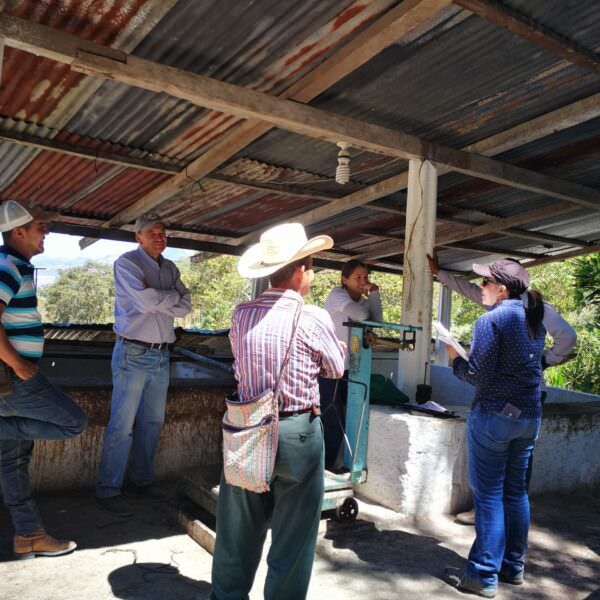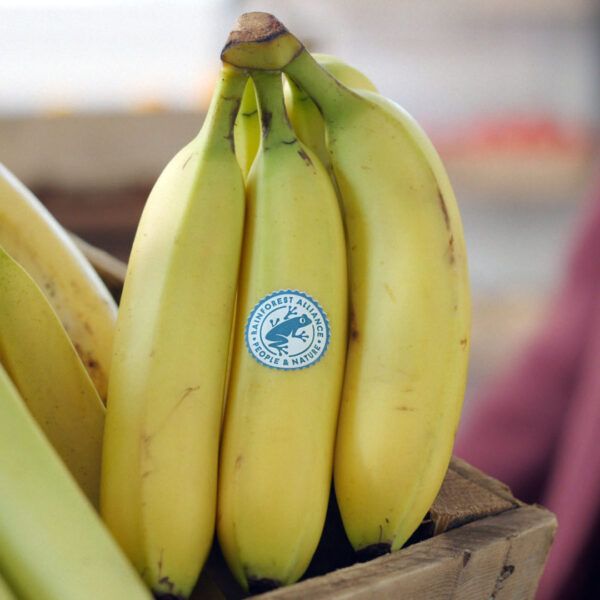FAQ: 2020 Farm Requirements
A detailed FAQ about the Rainforest Alliance 2020 Sustainable Agriculture Standard Farm Requirements.
Home / Resources for Partners / Farm Certificate holders
Take online courses and get an in-depth understanding of our standard and certification system.
Our new program, including the Sustainable Agriculture Standard, delivers more value to the many people and businesses that use it.
Find our list of Associate Trainers that can provide training in the implementation of the 2020 Sustainable Agriculture Standard

A detailed FAQ about the Rainforest Alliance 2020 Sustainable Agriculture Standard Farm Requirements.

Rainforest Alliance certification is carried out by our authorized certification bodies. Find an authorized certification body in your county.

This page gives you an overview of certification costs for farmers and companies.

This document provides guidance to implement Sections 6.1, 6.2, and 6.3 of the 2020 Rainforest Alliance Sustainable Agriculture Standard. Conservation of natural ecosystems and natural vegetation supports biodiversity conservation and protects ecosystem services such as pollination, pest control, water purification, soil protection and conservation, crop resilience, micro-climate regulation, carbon sequestration, and overall resilience against climate […]

A greenhouse gas (or GHG for short) is any gas in the atmosphere that absorbs and re‐emits heat, thereby keeping the earth’s atmosphere warmer than it otherwise would be. This guidance is targeted for use by large farms, individually certified farms, and group management.

This manual focuses on the theme of “pruning” in the section 4.2 Pruning and Renovation of Tree Crops, in particular on the crops coffee, tea and cocoa. It covers the following topics: purposes of pruning, timing and frequency of pruning, pruning techniques and tools, and required aftercare.

This guidance focuses on section 4.4 in the standard, in particular regarding different options for soil assessment and its importance in decision-making, as well as the major processes effecting soil fertility and soil fertility management.

This guidance is an advisory document written for Management and the Grievance Committee and it contains recommendations on how to set up an operational grievance mechanism at the Certificate Holder level.

The program’s publication is followed by a carefully planned roll-out phase to help all stakeholders learn about the new standard and systems.... Continue Reading